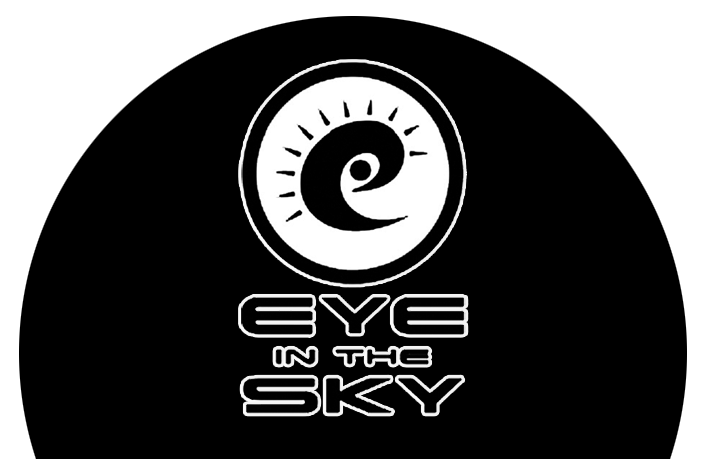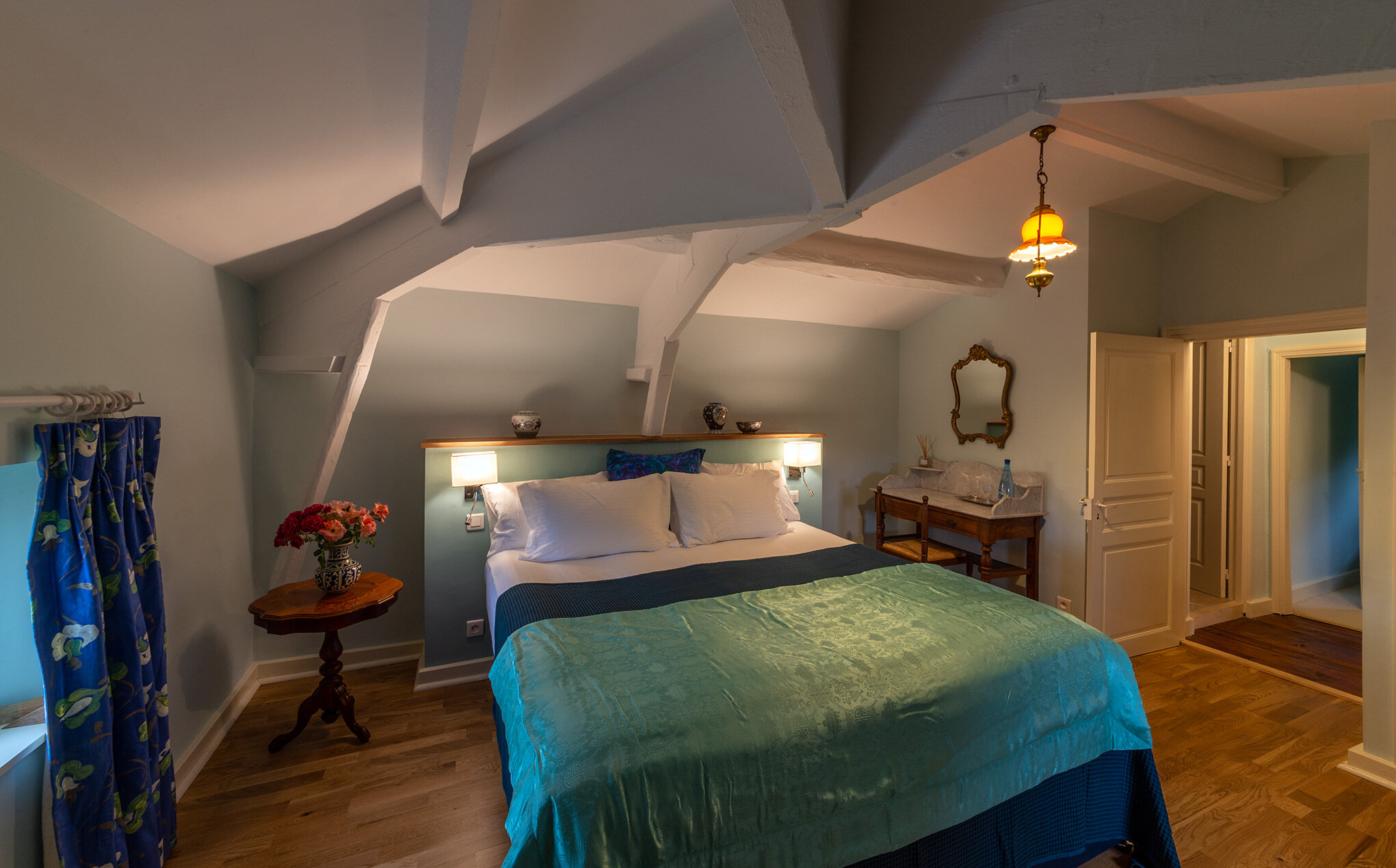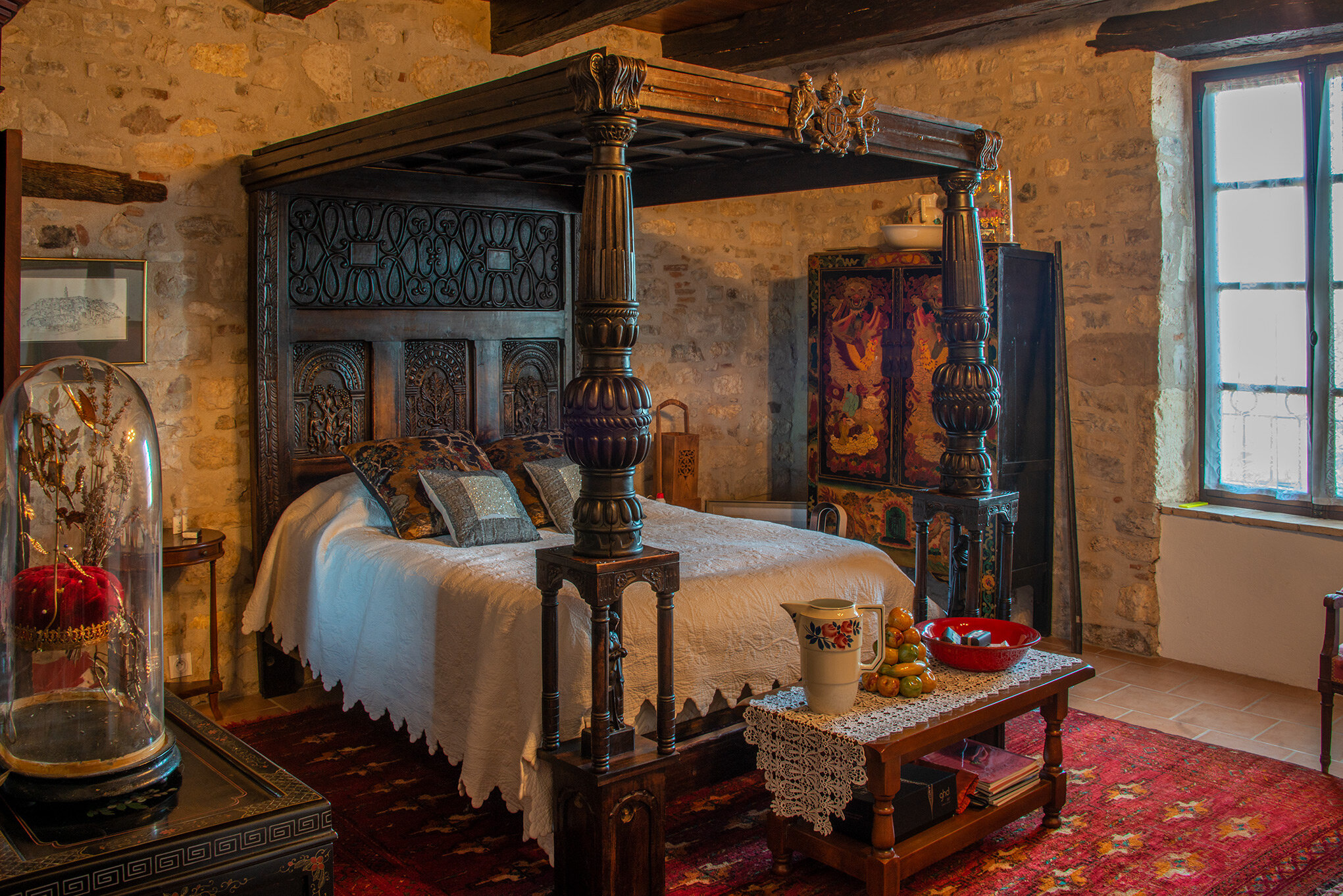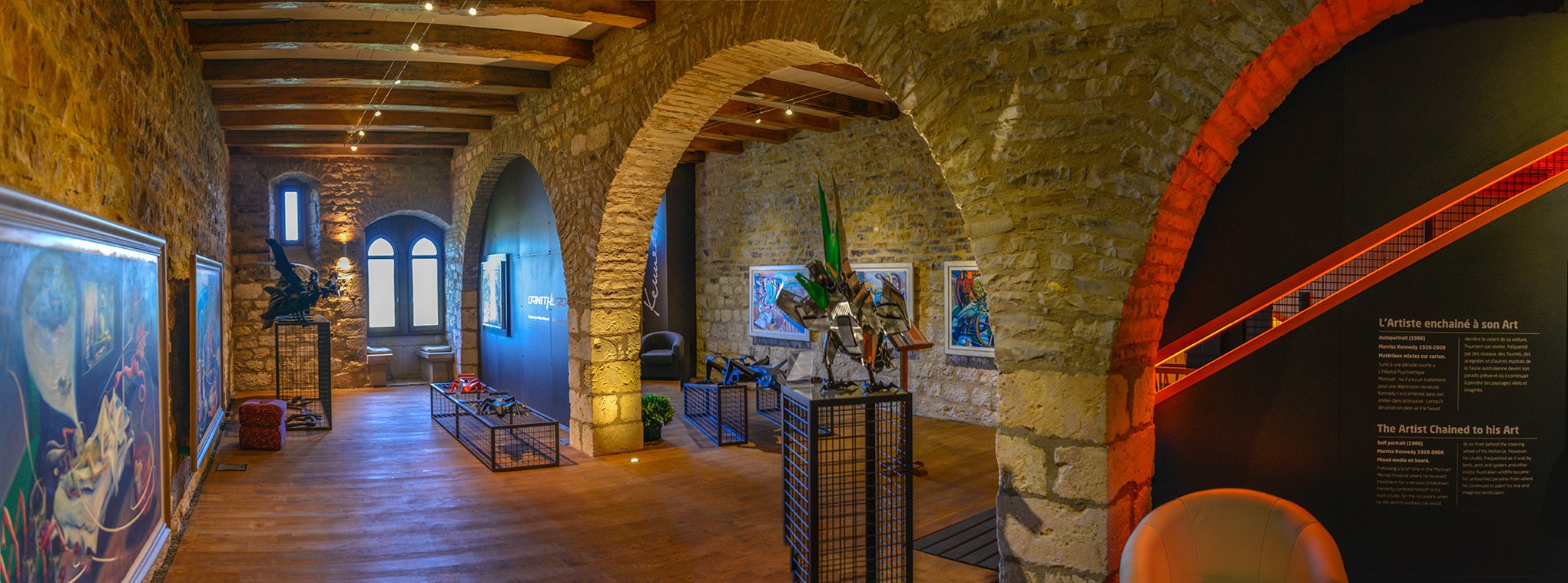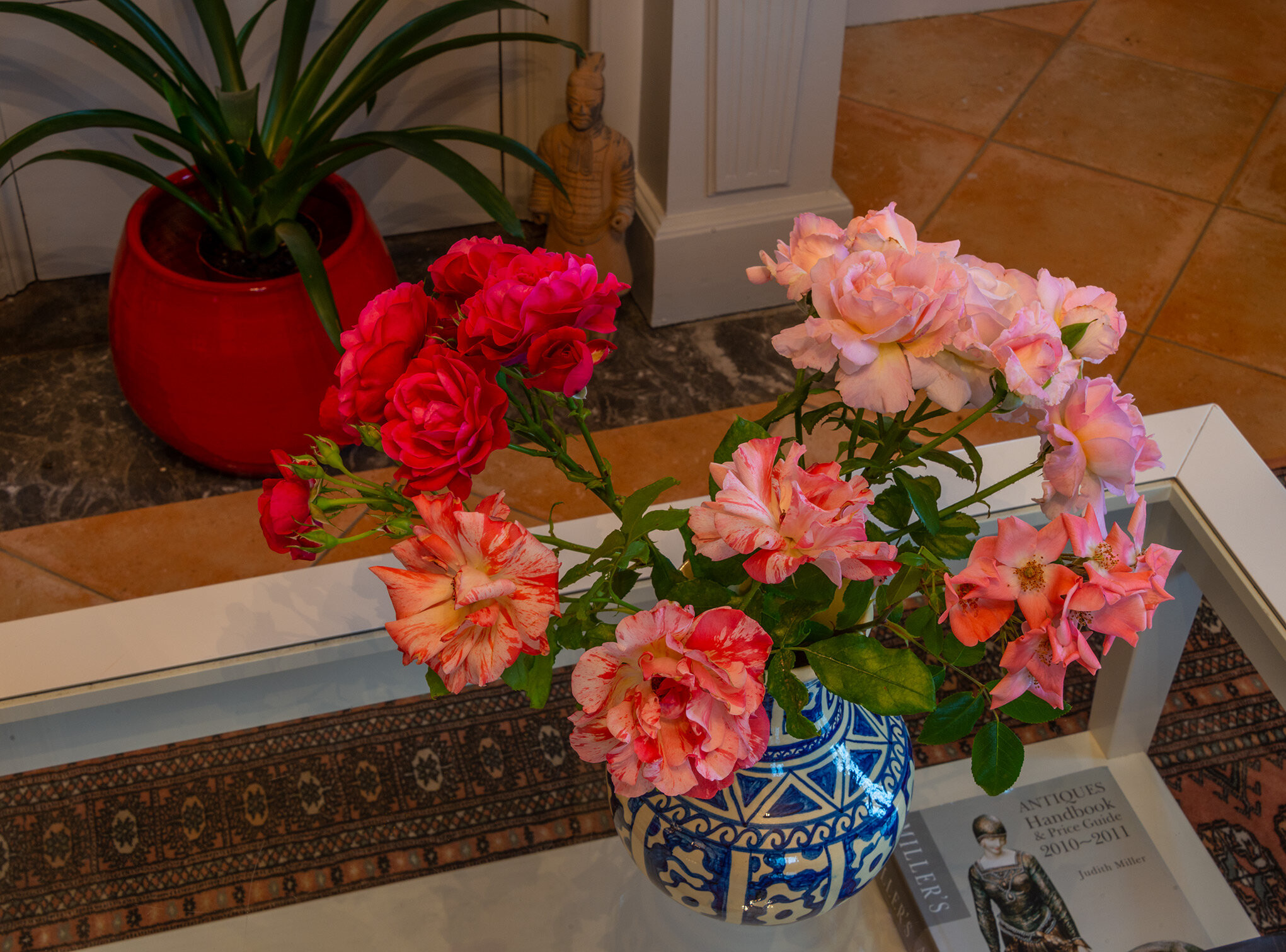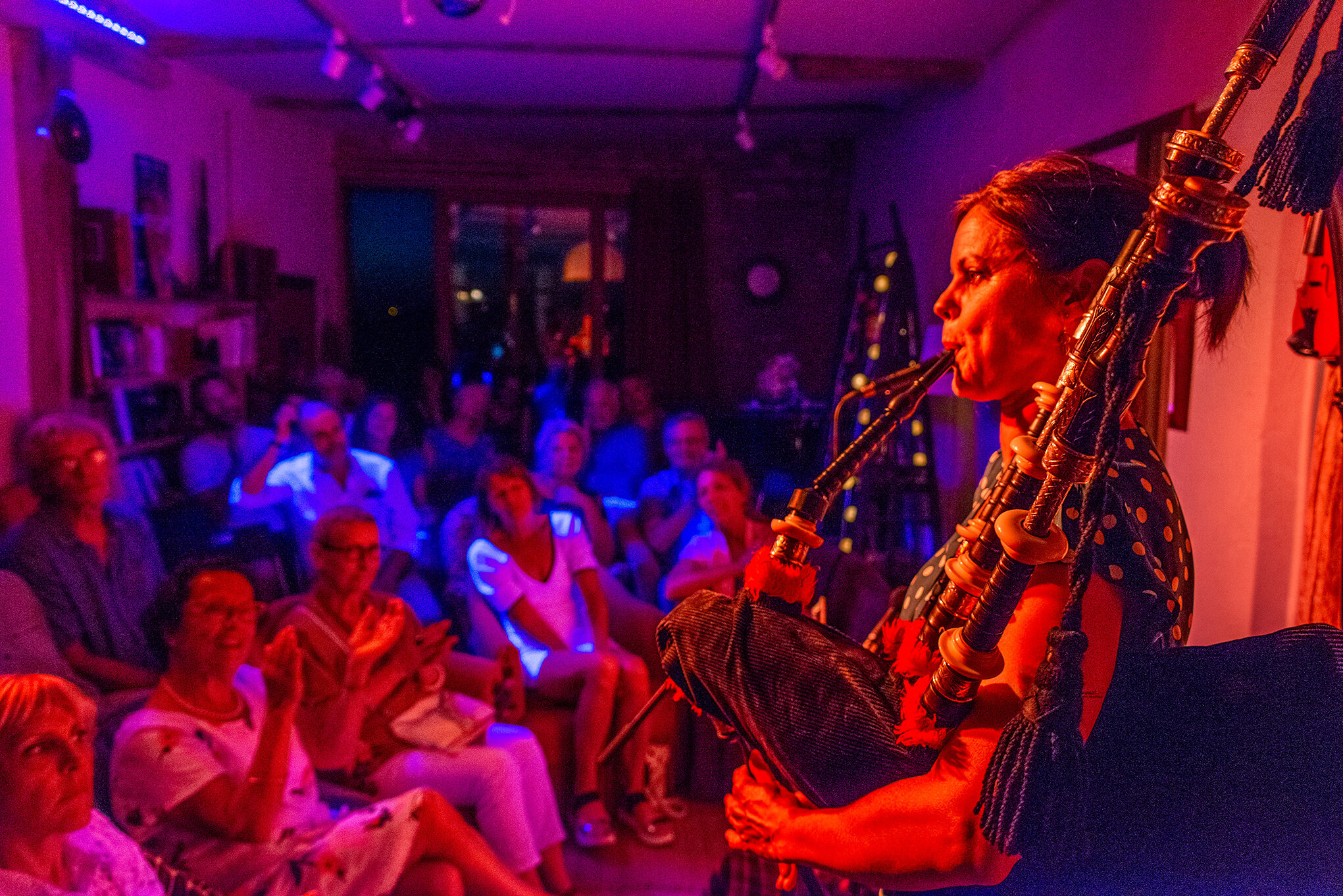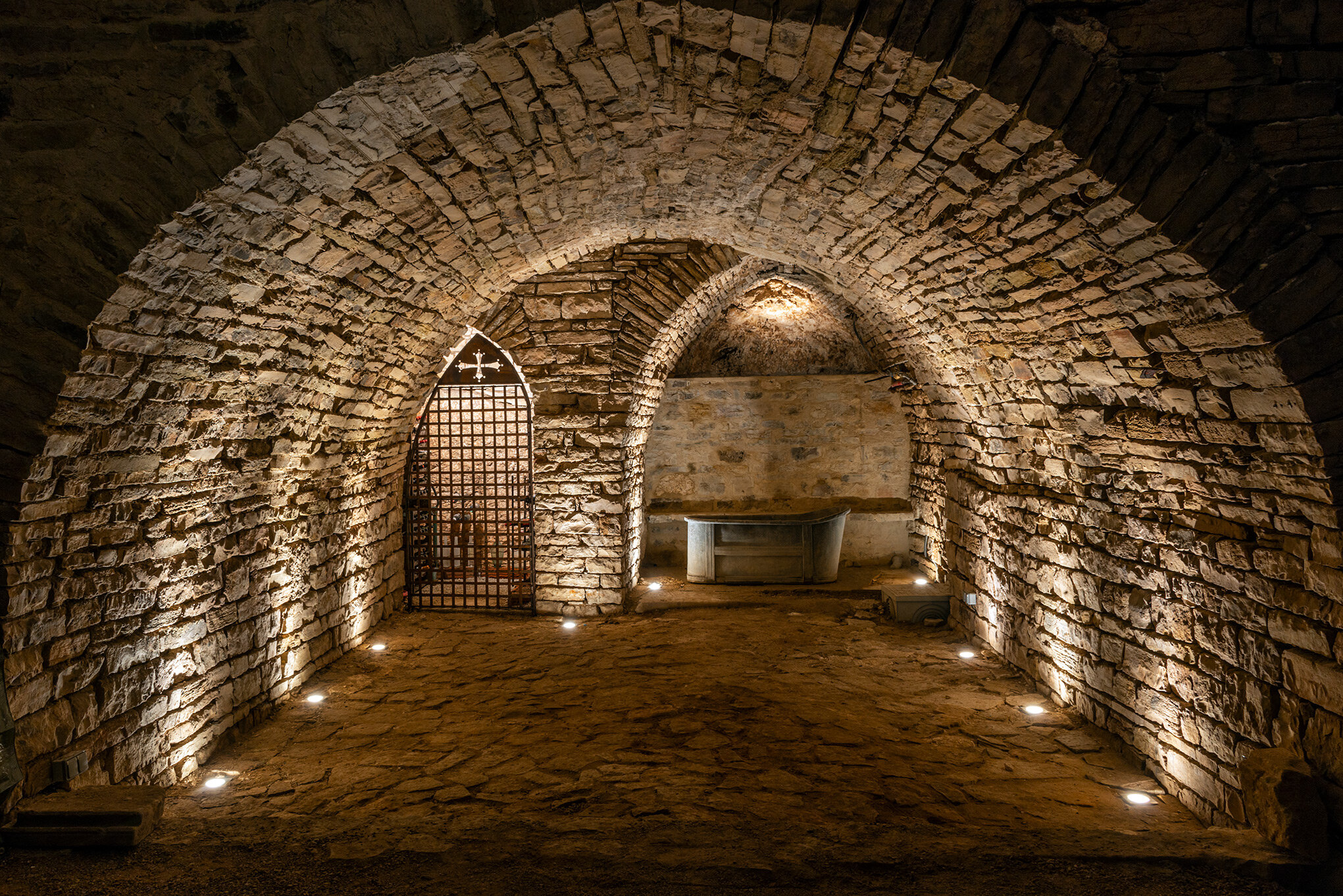INTERIORS
SUBJECTS - Natural light interiors
Lighting interiors as a photographer is about honouring the layout, the lighting and materials the client has used. Especially if they have spent a lot of their hard earned resources on it, then it’s kind of logical to go with that. In that way it’s easy as you don’t have to invent ambience, it’s already there, you just have to work out how to ‘capture’ that ambience. if you blast the room with flash lighting, you may well lose any ambience they are trying to create. So you have to get to grips with how to use the natural and artificial lighting all around you. The basic pieces of gear you will need are; a tripod, a shutter release, a torch, a flexible reflector. That’s about it. Rather than using lots of your own lighting, you will have to know how to shoot in RAW, how to make panoramas, how to work with multiple exposures, use HDR and how to paint with light in post production. These are your tools.
Of course you are free to use artificial lights but this method does come with a few considerations;
1. It takes a while to set up - if you are limited by time then you will have pressure as you do this. This often leads to mistakes or results where you wish you had more time.
2. it’s costly. Say no more. As technology changes, so your equipment needs updating every few years.
3. You probably need an assistant or two, especially if the shoot is time constrained, or simply a need to fill every room with light.
All the above can be decided on in advance simply by listening to what the client actually wants. Ask them to send you examples of images they like, say in a magazine etc. This gives you a starting point. These days more often than not you will probably find they have chosen shots where the room has been lit with natural light. If they have no idea, show them your portfolio or make suggestions. One thing you will need to ‘adjust’ later is to correct all vertical lines, so that the perspective is true. In doing this you will lose some of the image, so always shoot a little wider in the frame when you know you will be correcting later . Many photographers still do not correct the converging sides of a building. The client, especially if they are architects, will thank you for this. The frames below all have this.
Painting with light in post production. You can fine tune the image later depending on what the client wants, or you own preference.
All photography and text © Jon Davison 2021
BACK TO MAIN MENU

